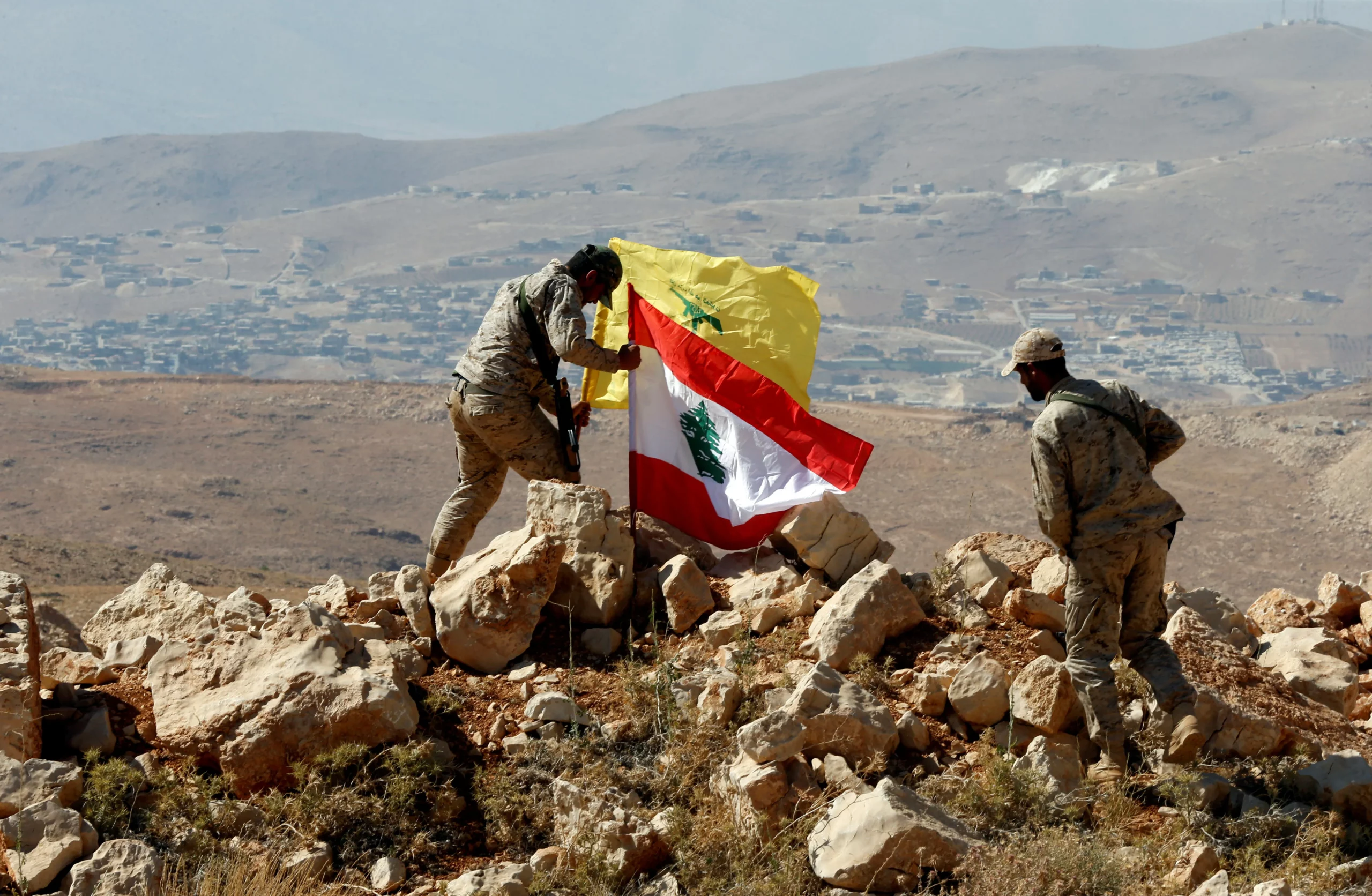On the morning of Monday, January 8, an Israeli strike killed Hezbollah senior commander Wissam Tawil in the town of Kherbet Selem in southern Lebanon, around 15 kilometers from the country’s borders.
Tawil held a range of top positions in Hezbollah, playing a leading role in the group’s operations in the south and serving as a top commander in its Radwan Forces.
Concurrently, Israeli warplanes also struck al-Wazzani, al-Hebbariye, al-Taybeh and the outskirts of the town of Aita al-Shaab, which has been repeatedly targeted and had many of its areas completely leveled to the ground since the start of the escalations in October.
An Increase in Surgical Strikes
During the last week, the fighting became increasingly focused and targeted on key military individuals or positions. Last week, an Israeli drone strike targeted Saleh al-Arouri, deputy chief of Hamas’s political bureau, in Beirut’s southern suburbs.
On its part, Hezbollah launched around 62 rockets targeting the Meron intelligence base, a key post for Israeli aerial observation, last Saturday.
With the targeting of Tawil, such a turn in military operation typology points to several prospects. On one hand, this could mean more precision in operations and less indiscriminate bombing of civilian areas.
On the other hand, it could potentially mean that the strikes would decreasingly be limited to the south and could make any area hosting a target a potential area for striking.
In any case, however, fighting is expected to resume and even escalate in scope throughout the incoming period. In his speech, Hezbollah Secretary General Hassan Nasrallah ensured that negotiations and talks can only take place after the fighting on Gaza stops.
With Israeli authorities showing no intentions of ceasing the conflict and announcing plans for continuing the onslaught on Gaza, the conflict’s regional nature is expected to develop further, at least in Lebanon.
So far, over 76,000 individuals have been displaced in Lebanon and at least 185 have been killed as of January 1.
In Gaza, at least 22,835 people were killed, including more than 9,600 children, and at least 58,516 were injured. In the West Bank, the death toll has reached 332 people, including more than 83 children.
Conditions in Gaza have reached unprecedented levels of destruction and desolation, with much of mainstream Western authorities and media continuing their complicity and only a minority taking a stance against the Israeli genocidal campaign.
South Africa’s application at the International Court of Justice against Israel is one significant step in bringing some sort of accountability. However, many countries, including many Arab states, have shied away from supporting the motion.
As matters stand, campaigns in support of Palestinian rights and against Israeli aggression continue across the globe, but prospects for those in Gaza and the region remain particularly grim.


